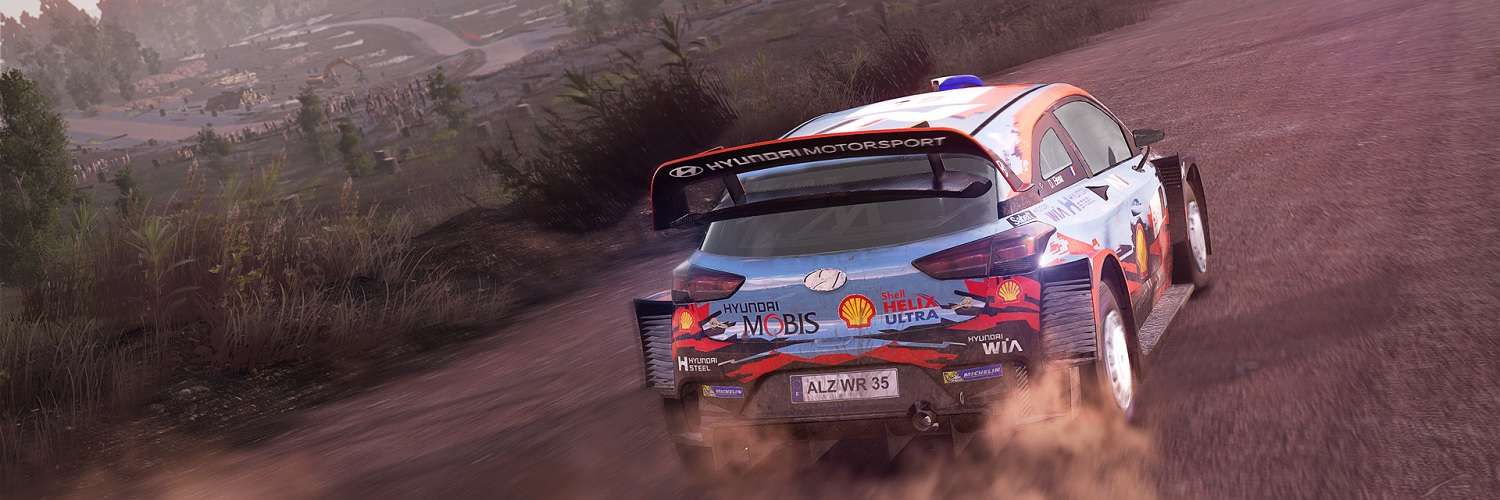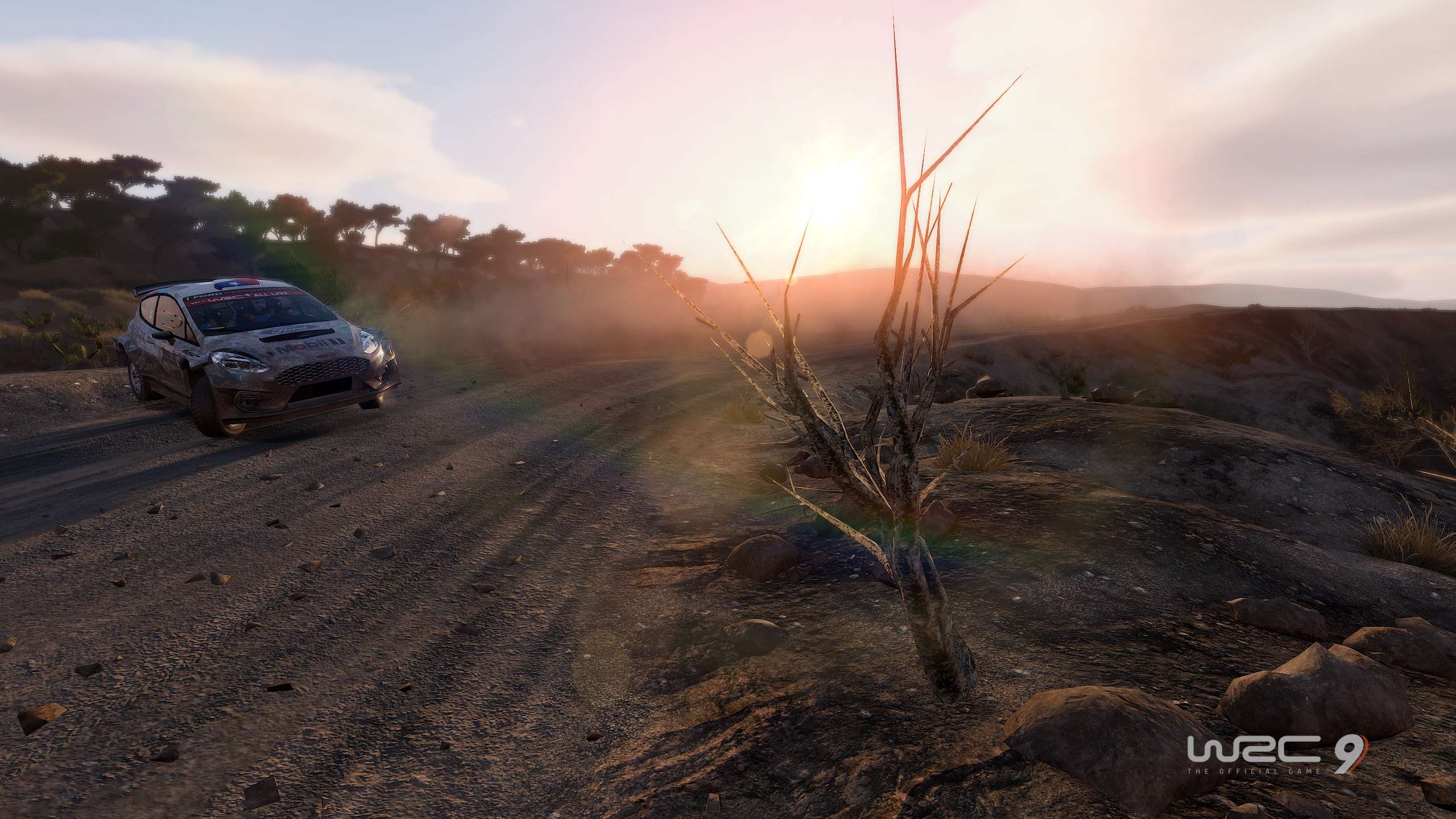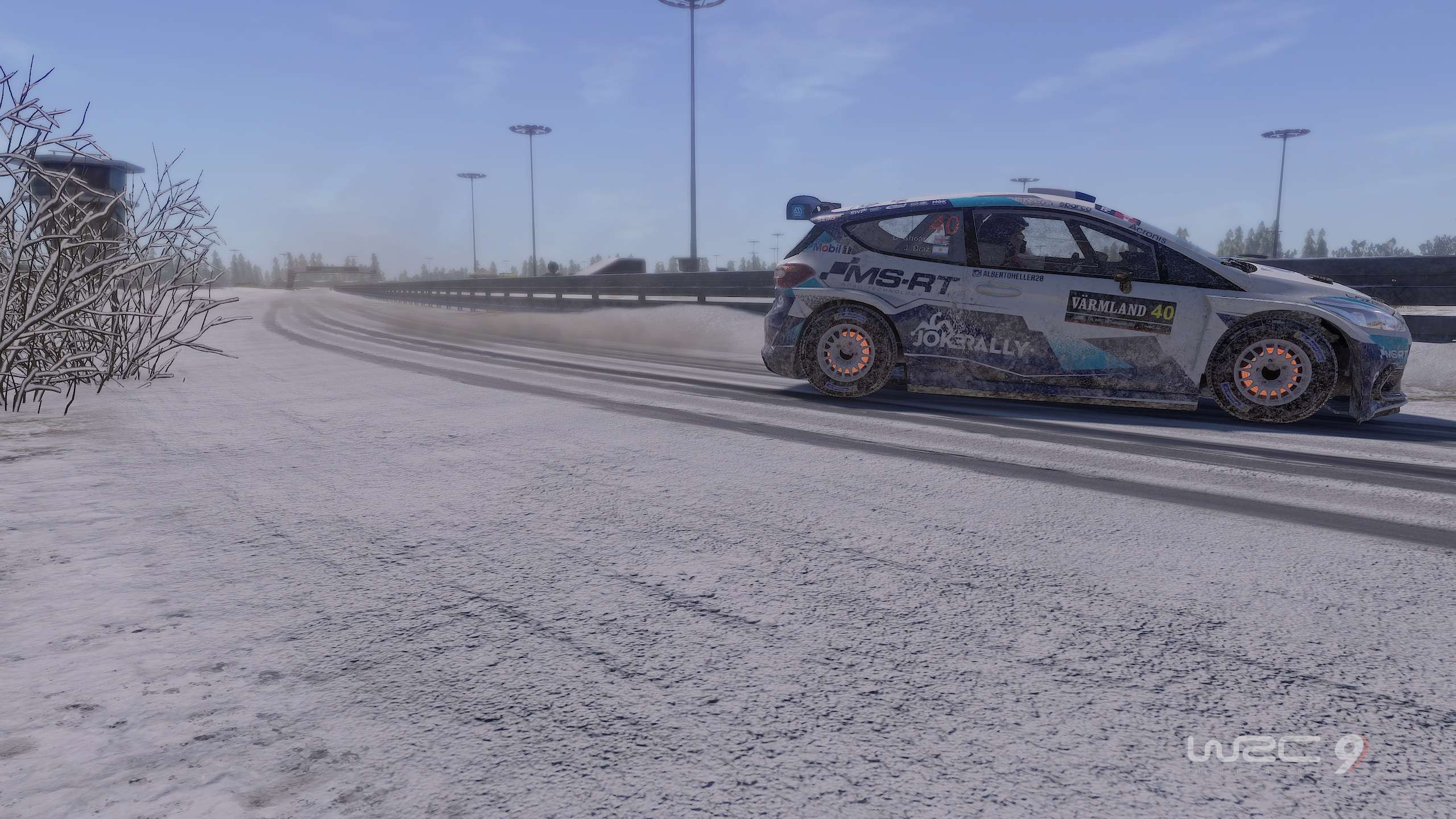
WRC 9 PC Review
The WRC series has had its share of rough times when it returned in 2010 with developer Milestone at the realm. After four entries, the series transitioned to a new development studio, Kylotonn, and has been with the French team ever since. Each release from WRC 5 onwards was always that tiny bit better, but Kylotonn could never quite push the series into the quality rally bracket that the competition had produced. After WRC 7, the studio went with a two year development cycle for the next entry, which did wonders, since the team improved WRC 8 in every department, with fantastic track designs and a satisfying driving model that moved the series to be a great rally game.
It has only been a year since WRC 8, so you might be predicting what I am about to say after reading the opening paragraph – this is not the leap in improvement that moving from WRC 7 to WRC 8 was. WRC 9 is a incremental update, back to the yearly release with minor changes done to the core game while mapping its content with the current World Rally Championship 2020 season before the Coronavirus pandemic reduced the length and rally locations. Audio and visuals have had an improvement, so the game has never sounded and looked this good, but do not expect this to be another reinvention for the series.

That is the issue when games are reverted to yearly releases, and if I was to max level my Nostradamus skill, then I would say that I would expect the follow up games, WRC 10 and WRC 11, the final two games from Kylotonn, will follow the yearly release before the licence jumps ship to Codemasters in 2023. Maybe before then we might have the F1 2020 style “My Team” to bring some customisation to WRC’s career mode.
Last year’s revamped career returns in WRC 9 in the same way as that incarnation now with the new content in place and a little more options in the calendar system. Starting in Junior WRC or WRC 3, players then make their way through a contracted season doing rallies and special events to climb up the rankings through WRC 2 and up to the big boys, the WRC category, through each contract negotiation at the end of a season. During this time players manage their team through small management choices, such as research and development upgrades from the points unlocked through experience, controlling finances, handling crew members and taking part in training, manufacture try-outs to build relationships, driving historic cars and tackling extreme conditions events.

Even the same issues in WRC 8‘s career rear themselves up in WRC 9 – the career objectives set by the manufacturer every so many weeks are the same and follow the same silly tasks, such as not using a certain set of tyres of doing a specific amount of events. Rewards for doing these challenges are cash and morale boosts, and if you fail them, you loose morale, but most of the time they can be ignored as their impact isn’t drastic unless the current season is going bad for the player. The developers’ creativeness in coming up with good challenges is once again lacklustre this year, but despite that lack of improvements to the campaign, it is still the best of its kind when it comes to rally games and their single player content.
Having the licence for the motorsport means that all the official drivers, teams, vehicles and countries that were planned for this year’s WRC season before the pandemic hit are here. In terms of content, this means mixing up some returning tracks and brand new ones. Cut from the 2020 calender was Australia, Catalunya, Chile and Corsica, but in their place comes Japan, Kenya and New Zealand. Japan is a fantastic addition, all tarmac surface that captures the essence of Japan. It has players driving around sharp mountainous hairpins, through the traditional shrines and villages into the mountain hills through twisty hill climbs, forests and dangerous waterways that are more than happy to catch a wheel for someone cutting it a little close to the edge. New Zealand, a country that has been in many games, once again has some fantastic locations to blast around in a car with its twist and turns. Kenya is the more interesting one, maybe not the most well designed track the series has done so far, but it makes for something different with its safari themed rally featuring wide opening sections without a track marked on the ground in its dirty, dusty soil, more so than any other country in the game that it can be easy to lose direction.

The other 10 countries included are ported over from WRC 8 without any changes. These are the exact same courses with some slight tweaks to lighting. This is a huge shame, as the best part of the WRC series is their fantastic track designs – some of the best for a digital representation of the sport. The developers could have fleshed out a few more tracks for each country, maybe add one more for each existing country and have the new countries feature an additional amount rather than the standard 3 length and 1 epic length and their reverse versions. A recent development post about the announced Xbox Series X/S and PS5 versions of the game came with a note about new stages being added to Finland and Portugal for free, so that is a good step in the right direction, even if it isn’t to all the returning rallies.
A few modes exist once moving away from the career mode. You can do a season, which is a straightforward experience that strips away all the additional career features to offer a barebone 2020 season. The Training area returns to offer small snippets of track to attempt to grab a best time, and the final big single player content is Challenges, an extensive list of challenges across various cars, tracks and specific situations with the aim to grab gold in each one.

Online returns with its leaderboards, quick play and lobby features, along with the daily, weekly and special challenges, and esport events that happen in conjunction with the real life rally event. The biggest new feature for online is Club, a mode that was featured in another rally game, now makes its way into WRC 9. Club allows private or public events for people to join in, so the host can set up a custom championships with up to 8 stages, which also allows to set what stages and weather is set for each stage, while the car is kept the same across the event. This seems like a great fit to have, since when the global pandemic hit, gamers and real drivers were jumping into racing games online together for special events. Having a feature like Club makes it easier to set up events like this, especially for ones being streamed to the world.
I mostly played WRC 9 with a Logitech G29, with a dabble on the Xbox One controller to see how it handles on that device. The handling has been tweaked over WRC 8 to offer better control over the car. Unlike the previous game, I felt a bit more tied to the road, more so after landing jumps, which in WRC 8 would seem to cause the car to veer in a direction. This is probably down to the redone physics, suspension and weight transfer that help with controlling the car with a wheel rather satisfying. It’s still not what I would class as a full simulation of the motorsport, sitting a bit in the middle of simulation and simulation-arcade, as you can get away with some quirky manoeuvring with the handling and handbrakes. This is a game where I felt the wheel was better than the Xbox One controller. There is still too much skittish behaviour with a controller that can cause sharp directional turns. It might help with some of the tuning in the control options for sensitivity, and you can probably eventually adjust to its behaviour, but I went back to the wheel after a few stages as it feels much better to drive.

On the topic of vehicles, WRC 9 features the cars you would expect for this season of the World Rally Championship – Ford Fiesta, Hyundai i20, Toyota Yaris – but I do have issues with its list of “legends” rally cars that can be taken for a spin in the game’s multiple modes. They have increased the amount, so you have cars like the Toyota Corolla 1999, Lancia Stratos and Ford Escort MK RS1800, but there is a serious gap of some of the sport’s most famous cars. No Peugeot, Mitsubishi, Subaru as manufacturers, and with the companies they have, such icons as the Toyota Celica Turbo 4WD (think Sega Rally if you are not sure what the car is) or the Ford Escort RS Cosworth are disappointingly missing. With the cars on hand, their build and handling comes across into the game’s physics. Trying to keep the Lancia Stratos on the road requires fast hand reaction as it has a habit of losing control on heavy acceleration.
Once again it is the stages that make playing WRC 9 a brilliant time. The new additions of Japan, Kenya and New Zealand lets the developers flex their skills to demonstrate exactly what makes stages exciting to drive. The weather remains a key factor in changing up the course, with the dynamic element adding uncertainty to events – there is something fabulously driving through Japan in a thunderstorm as the trees rustle heavily in the wind. That said, moving away from my love for the tracks, it cannot be denied that the return to the yearly release means there are less new things to get excited for in WRC 9. Subtle visuals and audio improvements are welcomed, the handling model makes for better car control, and the Club feature is going to be great for people who want to put on events for their friends and fans, but the lack of new stages for returning rallies and no big advancements in its career mode is a bit of a bummer. WRC 9 might not be able to shake off its déjà vu, but there is no doubting that once again the series brings a great rally experience.
